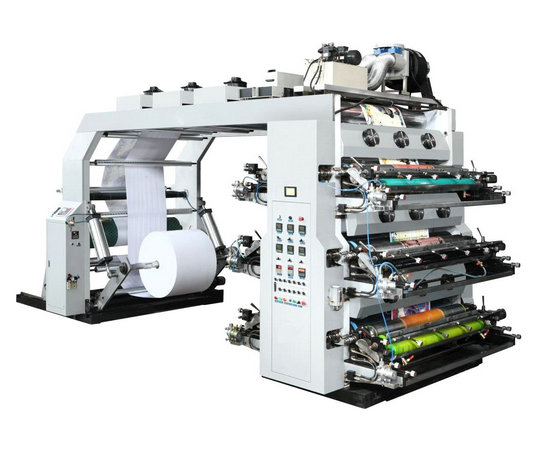In the world of printing, achieving the exact color you envision can often feel like an elusive goal. Whether you’re a graphic designer, a photographer, or a business owner looking to create marketing materials, understanding how to print the exact color is crucial for ensuring that your printed materials align with your creative vision. This article delves into the intricacies of color management, the importance of color profiles, and practical steps to achieve color accuracy in printing.
Understanding Color Models
Before diving into the printing process, it’s essential to understand the different color models used in digital and print media. The two most common models are RGB (Red, Green, Blue) and CMYK (Cyan, Magenta, Yellow, Black).
- RGB is primarily used for digital displays. It combines red, green, and blue light to create a broad spectrum of colors. However, RGB is not suitable for printing because printers use a different method to produce colors.
- CMYK, on the other hand, is the standard color model for printing. It works by subtracting varying percentages of cyan, magenta, yellow, and black from white light to create the desired colors. Understanding this difference is crucial for anyone looking to print with precision.
The Role of Color Profiles
Color profiles are essential tools in the printing process. They define how colors are represented in different devices, ensuring consistency across screens and printers. The most commonly used color profiles include:
- sRGB: Ideal for web and digital applications, but not suitable for print.
- Adobe RGB: Offers a wider color gamut than sRGB, making it a better choice for high-quality prints.
- CMYK Profiles: Specific to different printers and paper types, these profiles help translate RGB colors into CMYK for accurate printing.
To achieve the exact color you desire, it’s vital to use the correct color profile for your project. Always convert your RGB images to CMYK before printing, and ensure that you’re using the appropriate profile for your printer and paper type.
Calibration and Color Management
Calibration is a critical step in ensuring color accuracy. Both your monitor and printer should be calibrated to maintain consistency in color representation. Here are some steps to follow:
- Monitor Calibration: Use calibration tools or software to adjust your monitor’s color settings. This ensures that the colors you see on your screen closely match the colors that will be printed.
- Printer Calibration: Regularly calibrate your printer to ensure it produces consistent colors. This may involve adjusting settings or using calibration tools specific to your printer model.
- Soft Proofing: Before printing, use soft proofing techniques in your design software. This allows you to simulate how your colors will appear when printed, helping you make necessary adjustments.
Choosing the Right Paper and Ink
The choice of paper and ink can significantly impact the final printed color. Different papers absorb ink differently, which can alter the appearance of colors. Here are some considerations:
- Paper Type: Glossy paper tends to produce more vibrant colors, while matte paper can create a softer look. Test your designs on various paper types to see how they affect color output.
- Ink Quality: High-quality inks are essential for achieving accurate colors. Consider using pigment-based inks for better longevity and color fidelity, especially for fine art prints.
Testing and Proofing
Before committing to a large print run, always conduct test prints. This allows you to evaluate the colors and make any necessary adjustments. Here are some tips for effective proofing:
- Print Samples: Print small samples of your design on the intended paper to see how colors translate from screen to print.
- Color Swatches: Use color swatches to compare printed colors against your desired palette. This can help you identify any discrepancies and make adjustments accordingly.
Conclusion
Printing the exact color you desire is a multifaceted process that requires a solid understanding of color models, profiles, calibration, and the materials used. By following these guidelines and investing time in color management, you can achieve stunning, accurate prints that reflect your creative vision. Remember, the key to success lies in preparation, testing, and continuous learning in the ever-evolving world of color printing. With these strategies in hand, you are well on your way to mastering the art of color precision in printing.


